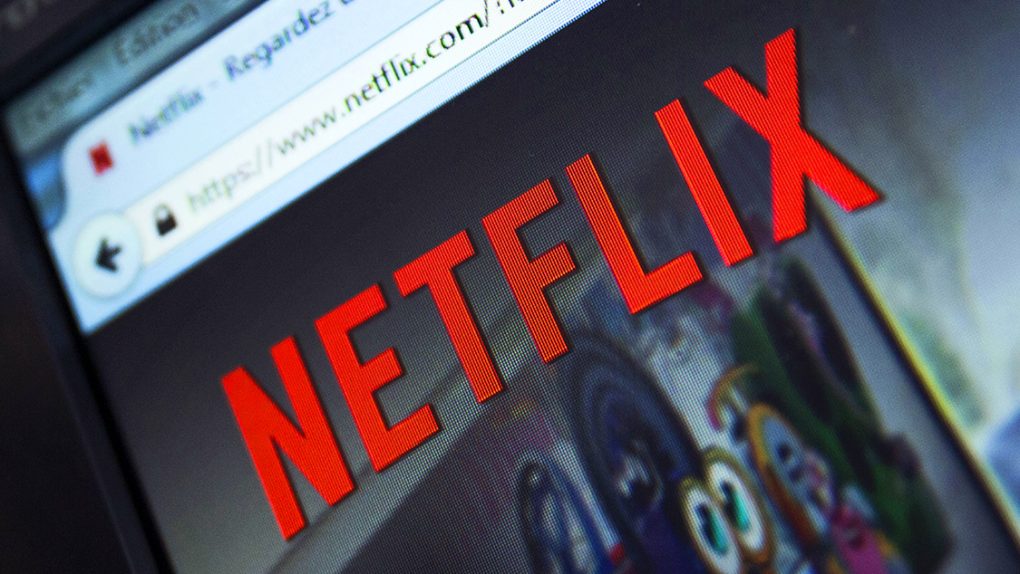Few companies have been able to pivot as successfully as Netflix did when it completely shifted the focus of its business from mailing out DVDs to streaming video content to the masses. The transition may not have been seamless as first, but it wasn’t long before Netflix carved out a space for itself as the premiere purveyor of streaming video on the planet. In the process, Netflix raised the bar for the entire tech and entertainment industry, eventually forcing companies like Amazon, Hulu and HBO to up their game.
Netflix’s streaming service debuted in 2007 and a new book dubbed Streampunks: YouTube and the Rebels Remaking Media helps detail the company’s transformation into the streaming behemoth it is today. The book is authored by Robert Kyncl, an industry veteran who spent seven years at Netflix before joining YouTube in late 2010. During his stint at Netflix, Kyncl served as the VP of Content Acquisition where he was responsible for securing content deals designed to flesh out, what was then, the company’s burgeoning selection of streaming content. In fact, Kyncl has previously been hailed as “one of the key architects” of the Netflix service we’re all familiar with today.
The book was released earlier this month but Kyncl posted an excerpt on Recode earlier this week. Interestingly enough, Kyncl credits YouTube for opening Netflix’s eyes to the power of streaming video. Before the company’s YouTube awakening, Netflix’s original plan was to provide a special set-top box to subscribers that would allow them to download content as opposed to streaming it.
But YouTube clearly demonstrated that people were willing to trade fidelity for convenience and speed. Witnessing the popularity of YouTube was a revelation. And it caused us to stop our launch and pivot to a service that would allow consumers to stream movies remotely instead of downloading them. That pivot took two long years, during which we had to renegotiate all our rights and build an entirely new architecture to host and serve content. We had to transform our “Netflix box” from a hard drive that would download video to one that would stream it.* But finally, in 2007, we launched Netflix streaming because we saw the potential that YouTube presented.
While the thrust of the book centers on the rise of YouTube, Kyncl’s experience working at HBO, Netflix and YouTube undoubtedly gives him a unique perspective on all things streaming. The book has already received positive reviews and looks to provide a rare glimpse behind the streaming universe we now live in and, truth be told, tend to take for granted.








